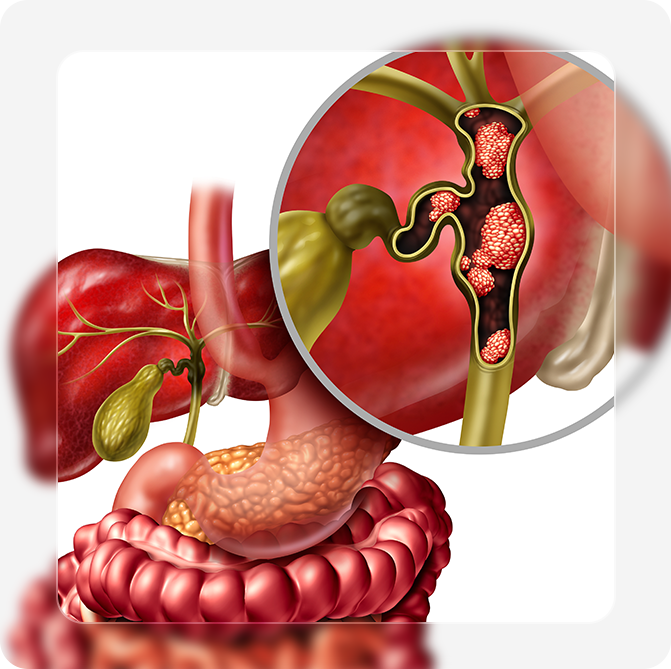Klatskin tumours are a type of bile duct cancer, known as ‘cholangiocarcinoma’. This is a form of malignant tumour that tends to develop in the central biliary region (including the biliary ducts). While Klatskin tumours are not large, they can exhibit aggressive biological behaviour by obstructing the intrahepatic biliary ducts and jaundice.
Due to the location of these tumours, patients tend to develop symptoms at advanced stages and the tumours can be difficult to resect. However, this may differ from case to case, as some patients may have jaundice in the early stages, which may compel them to seek early medical help.
Ideally, complete resection of the Klatskin tumour should be performed whenever feasible as this is associated with better long-term survival. For certain patients, liver transplants can be an option for treatment in specialised centres. Overall, the prognosis of Klatskin tumours is poor, but new surgical and endoscopic treatments allow better disease control.







